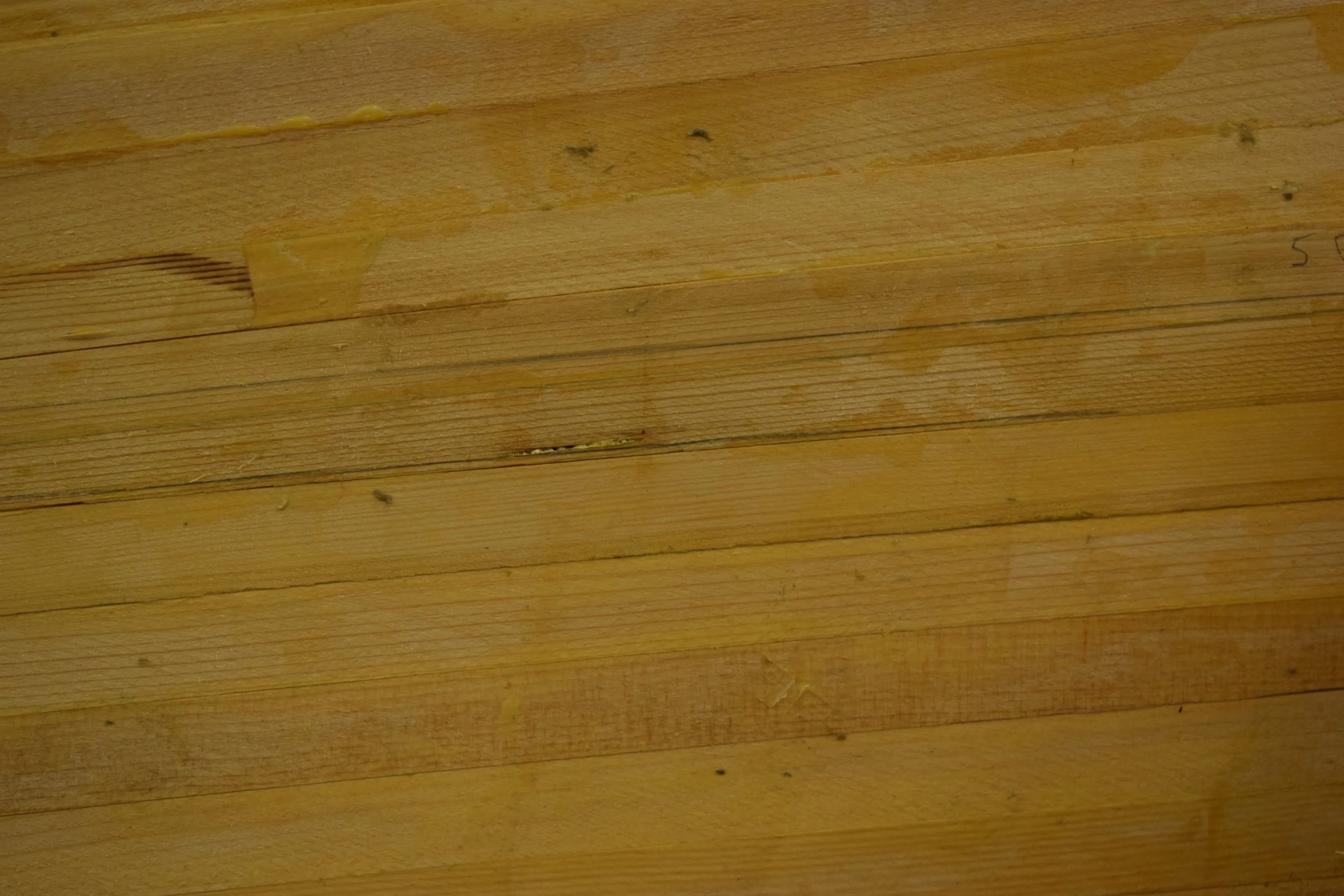In 2023 I took on a restoration of a Broadwood “Boudoir Grand”. This was a hard-luck story of a piano owner who hired a technician to rebuild their instrument, and during the process the technician passed away. For years the instrument languished, waiting for something (or nothing) to happen. The work that was done before me was mostly good, but there was some damage done in the process that required a set of skills not possessed by most piano technicians. These issues may have caused the work to go on for longer than it otherwise would have, and as is often the case we learned that less is more when it comes to working on these instruments - we can’t treat them like modern instruments and expect good results.
In the end, the instrument turned out very nicely! …though of course, not a new instrument, and not a modern piano.
Plate Strut Repair
One of the more fundamental issues was that the multi-part plate was removed. This is not a problem for modern pianos, but it created quite a lot of work for an instrumetn of this age and design. In the process of the original technicians work, or perhaps after he passed away, one of the struts was broken, so fixing that was one of the first jobs.
Fitting the Plate to the Case and to Itself
The case had changed shape over the years, so getting the plate back in required carefully fitting the various pieces so they could be screwed and pinned together in a relaxed state.
Pinblock Consolidation
The plan for the original technicain to deal with the rusted, seized, and in some cases broken tuning pins was to use a method of pinblock consolidation which was given to us by Ken Eschete. This is a process that I have utilized a few times in the past as a reasonably cost effective way to keep less financially valuable instruments going. It’s not the same as a new pinblock, but it works!
Agraffe Repair
As part of the original scope of work the previous technician decided to remove and dress the agraffes - this is something that is standard operating procedure for modern pianos, but is problematic for an instrument like this. Due to age and inherent design issues some agraffes broke (i would guess during the removal process). These agraffes are not standard, so in order to replace them I had to modify modern parts to achieve the correct string height.
